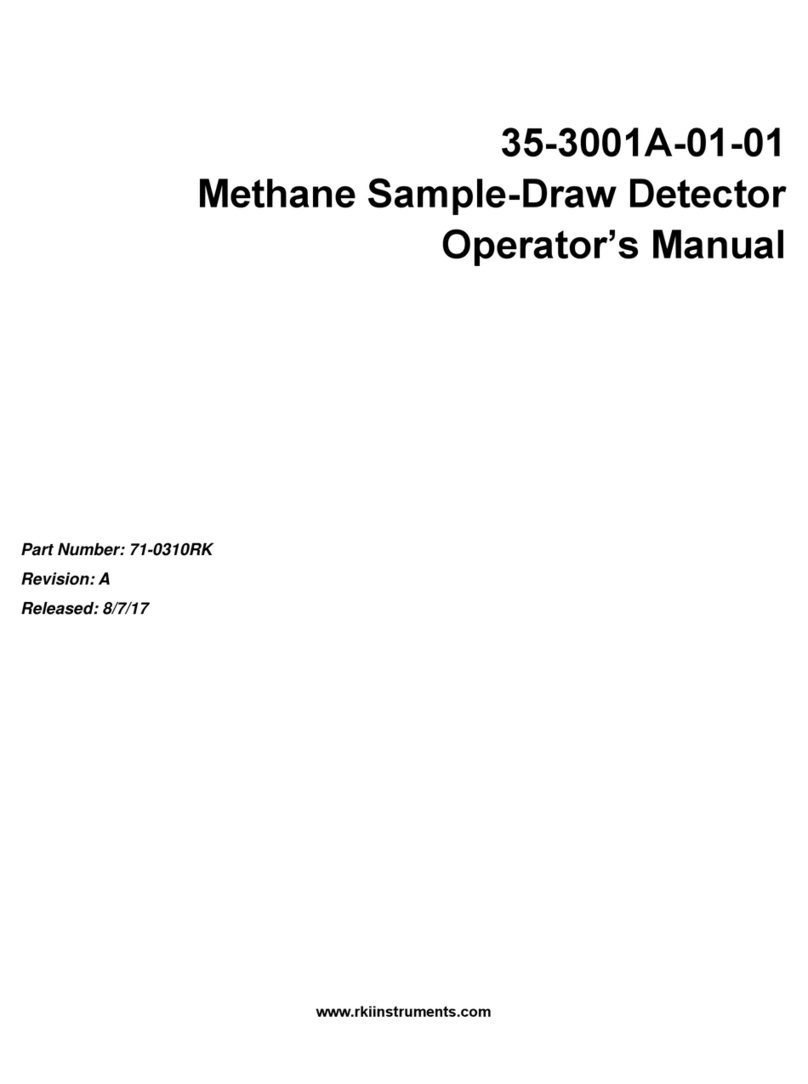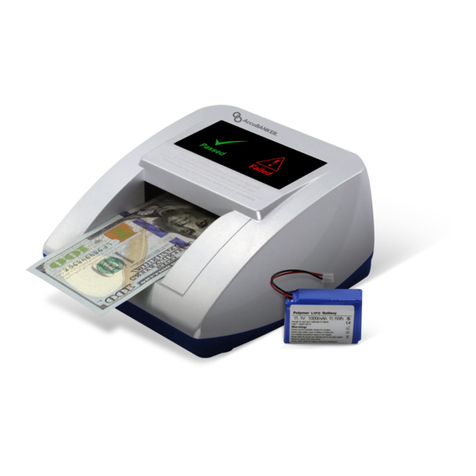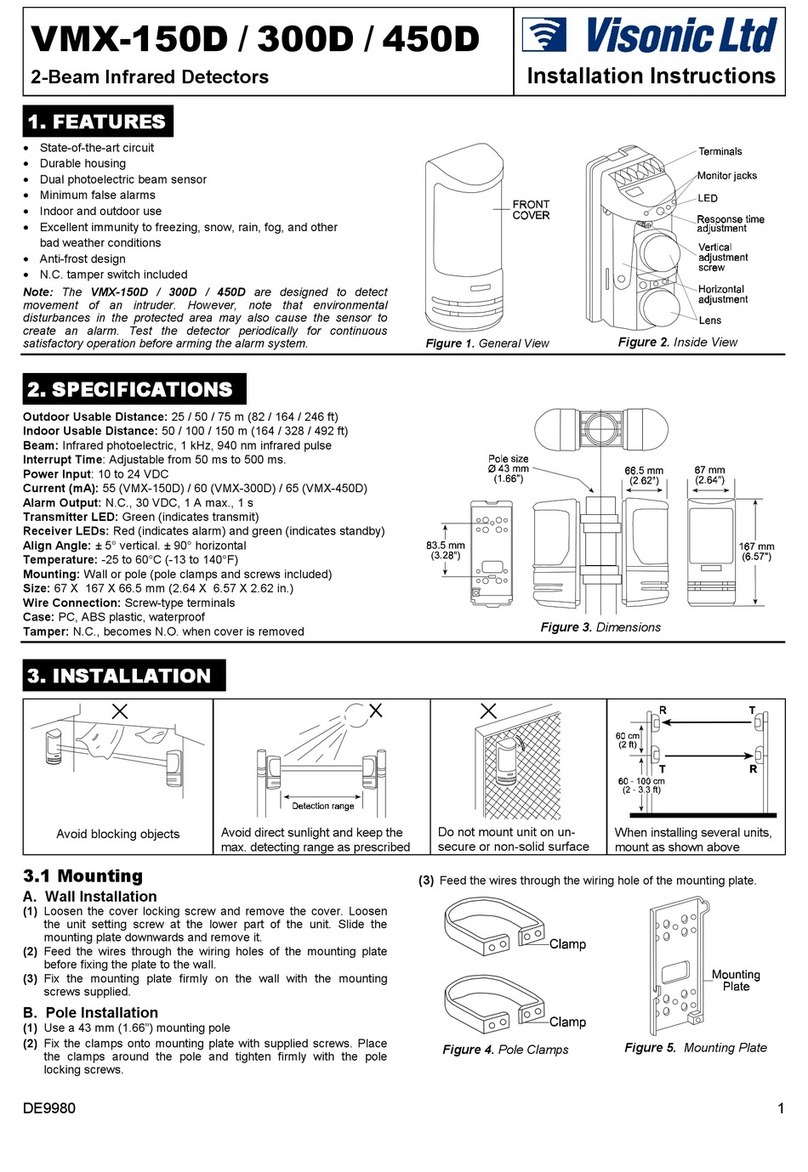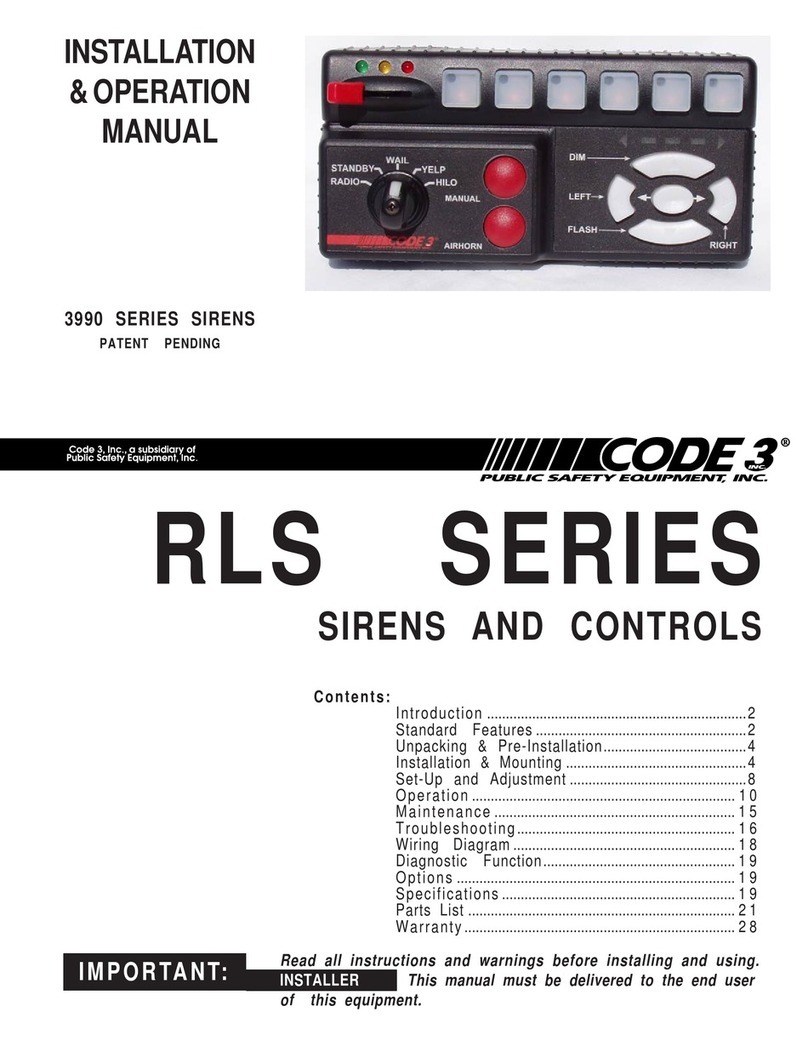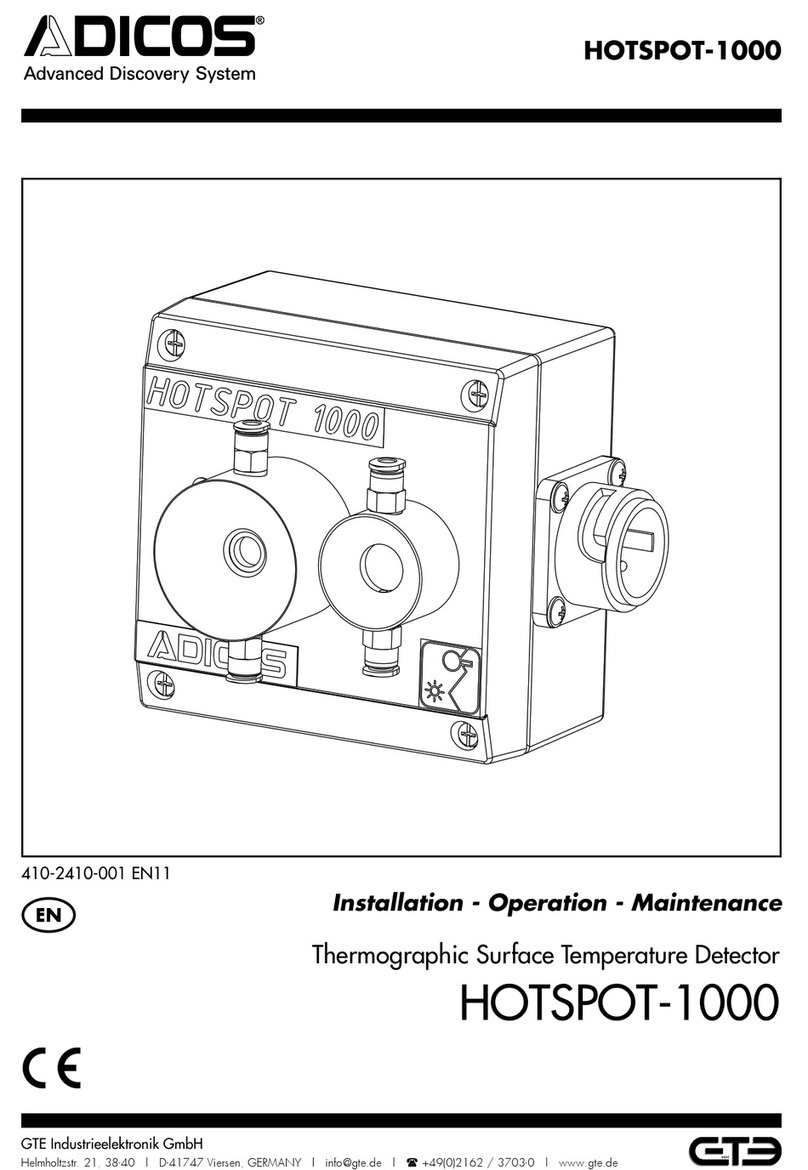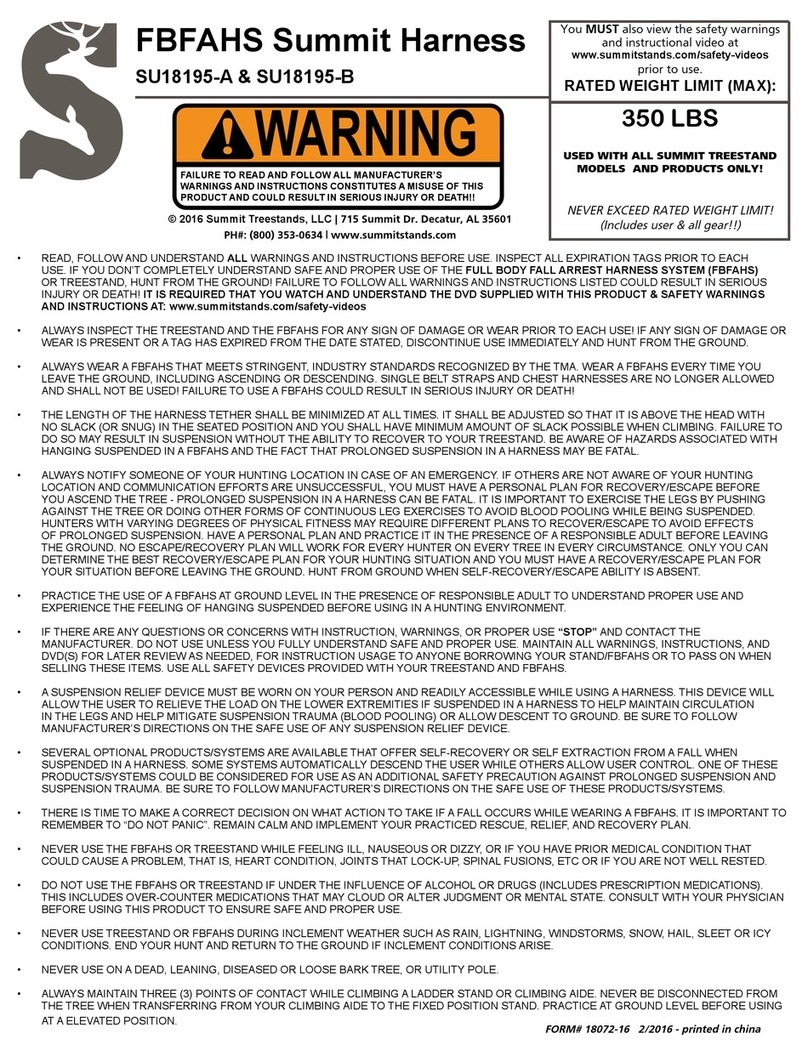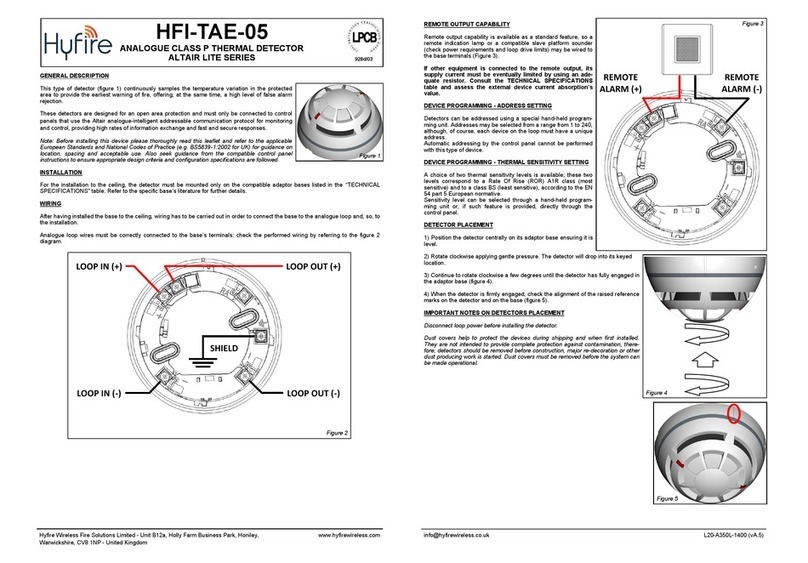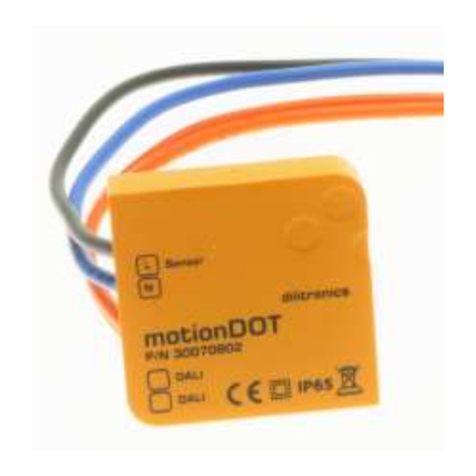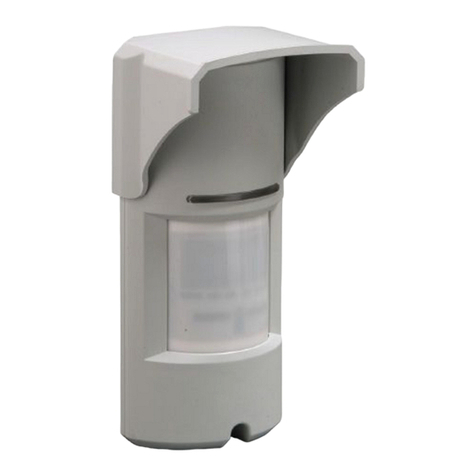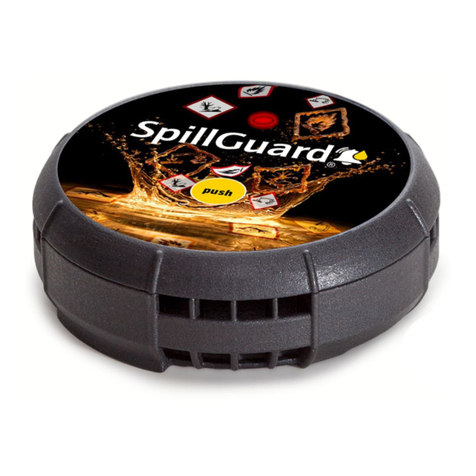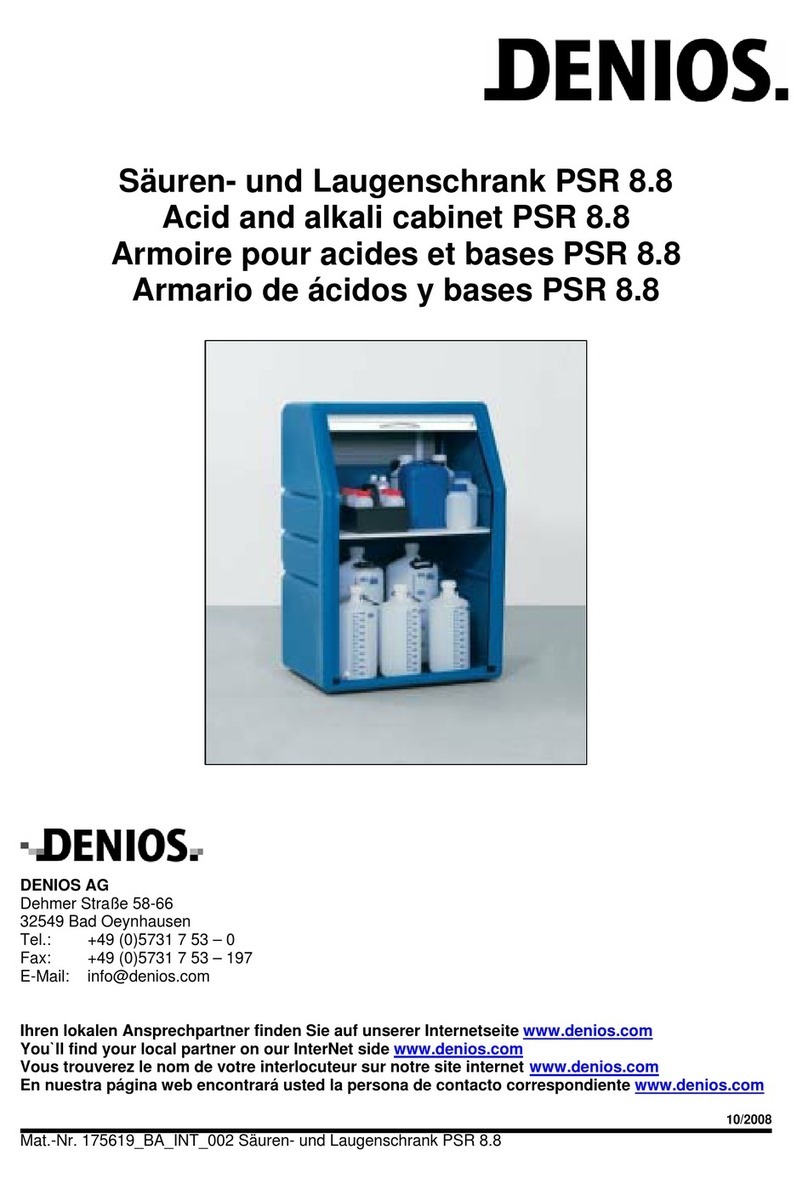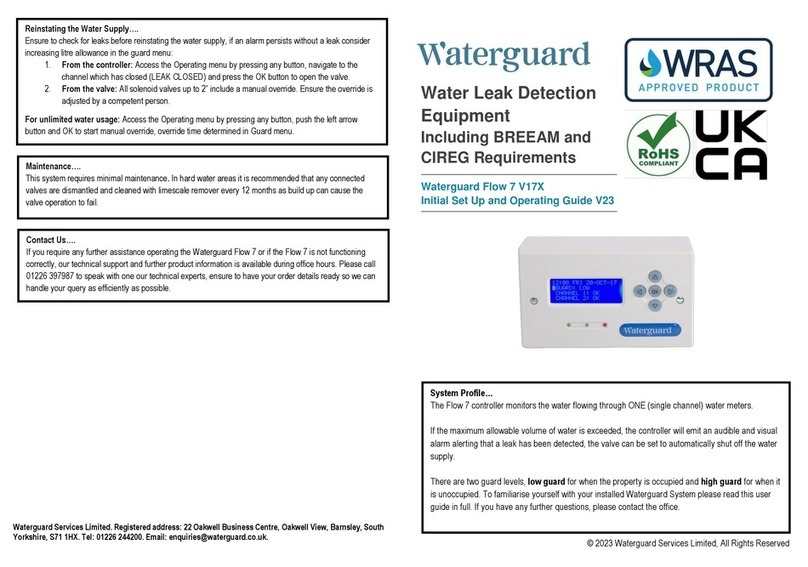
Gasflaschenschrank GS 155-B / GS 155
115859 / 115863
En cas de stockage de produits inflammables ou de gaz très toxiques, les zones de protection du TRGS 510
doivent être respectées! Cette zone de protection est de 1m autour du lieu de stockage (aussi vers le
haut). Lors du stockage de gaz inflammables, il s’agit d’un zone Ex 2 !
La zone de protection ne peut pas s'appliquer à des terrains limitrophes ou à des zones de circulation
publiques.
La zone de protection peut être concentrée à tout au plus 2 côtés par des murs de protection d’au moins 2m
de haut en utilisant des matériaux non inflammables. Dans ce cas, il peut aussi s'agir pour l’un des côtés
d’une paroi coupe-feu (F30) qui doit être sans ouverture dans le secteur de protection.
Lors du stockage de bouteilles de gaz comprimé à l’air libre une distance de sécurité d’au moins 5m autour
du lieu de stockage doit respectée s’il existe un risque pour les installations alentours. (voir pour cela le
TRGS 510, point 10.3) Cette distance de sécurité peut être remplacée par un mur d’au moins 2m de haut
constituée
d’un panneau non inflammable ! (Les parois de l'armoire pour bouteilles de gaz comprimé ne peuvent être
considérées comme mur protecteur)
Montage et assemblage
Pour garantir une fixation sûre de l'armoire pour bouteilles de gaz, le sous-sol doit être approprié pour un
boulonnage d'ancre de propagation justement et.
Version montage armoire pour bouteilles de gaz avec dessous de caisse GS 155-B
(Voir aussi le dessin récapitulatif (montage GS 155-B) P. 7 et la liste des pièces P. 11)
1. Poser les éléments longitudinaux (52) puis les aligner à angle droit conformément aux diagonales, (voir Fig.
1 « Représentation du trou de l’ancrage/spitage »).
2. Spiter le dessous de caisse (52) dans le sol au moyen des ancres de fort tonnage (29) (voir Fig. 2 « ancrage
au sol » ).
3. Installer les cadres latéraux (1) à droite et à gauche à l’aide des boulons hexagonaux (54, 55, 56, 57) sur le
dessous de caisse (52), (voir Fig. 3 « Montage sur dessous de caisse GS 155 » ).
4. Monter la paroi arrière (7) à droite et à gauche sur le cadre latéral (1) à l’aide des boulons hexagonaux (22,
23, 24).
5. Fixer l'étai de toit avant (4) sur les cadres latéraux à l’aide des boulons hexagonaux (22, 23, 24), (voir Fig. 5
« Montage de l’étai de toit avant » ).
Présenter les 4 éléments de tôle de toit (14) de telle sorte qu'ils se chevauchent de manière égale. Les
moulures supérieures extérieures doivent agripper les cadres latéraux (1) et les moulures inférieures doivent
porter sur l'étai de toit avant et sur la paroi arrière.
Les encorbellements du toit doivent atteindre environ 500 mm à l’avant et environ 50 mm à l’arrière.
Ensuite fixer les tôles trapezoidales à l’aide des tarières (15) sur l'étai du toit avant et sur la paroi arrière.
Seules les moulures profondes de la tôle trapezoidale peuvent être percées.
Mettre et attacher avec les tarières restantes (15) des vues (14.1 et 14.2) sur l'arête avant du toit. Seules les
moulures supérieures de la tôle trapezoidale peuvent être percées.
6. Attacher les parties inférieures des charnières (11) sur les cadres latéraux à l’aide des boulons hexagonaux
(22, 23, 24), (voir Fig. 6 « charnière » ).
7. Enfoncer la serrure (16) dans le battant mobile (2) puis visser à l’aide des vis autotaraudeuse (20). Attention
! Si la porte doit être fixée à gauche, le loquet doit être tourné : Pour cela enlever les vis cruciformes au dos
de la serrure, retirer le loquet à l'avant de la serrure puis tourner à 180°. Enfin, remettre les vis cruciformes
au dos de serrure.
8. Installer le demi-cylindre profilé (17). Installer le panneau de porte (19), les bouchons en plastique (21) et la
poignée (18). Fixer le panneau de porte à l’aide des vis à tête conique (20) (voir Fig. 7 « serrure » ).
9. Installer la porte. Insérer la goupille en acier (13) du haut dans la partie supérieure de la charnière de la
porte (2) puis accrocher la porte. Insérer le capuchon inférieur (12). Aligner éventuellement la porte en
ajustant les boulonnages charnières ou, au besoin, en décalages légèrement les cadres latéraux.
10. Vérifier que les boulonnages soient fermement vissés.
11. Coller les panneaux « interdiction de fumer, de faire du feu » et « accès réservé » (45 et 46) sur l’élément
(47).
12. Dans le cas où les bouteilles de gaz ne sont pas être stockées sur palettes, mais en vrac, un support de
bouteilles de gaz (8) doit être impérativement vissé aux parois arrières à l’aide des boulons hexagonaux (23,
24, 25) (voir Fig. 9 « supports pour bouteille de gaz » ). L’appui pour bouteilles de gaz (10) sera placé sur les
moulures inférieures puis boulonné dans le support (8) à l’aide des boulons (23, 26). Les chaînes de
maintien (28) doivent être accrochées à l’aide des crochets en S (27) dans les trous situés sur les supports
pour bouteilles de gaz puis dans les grilles des cadres latéraux.




















